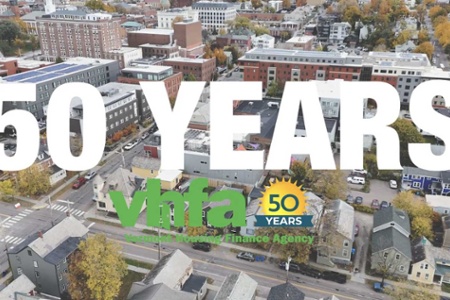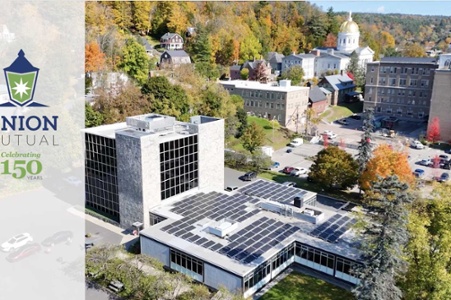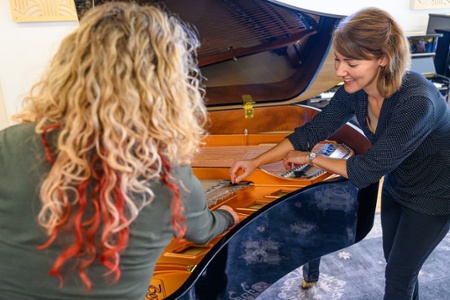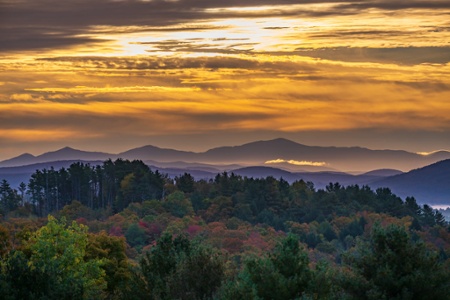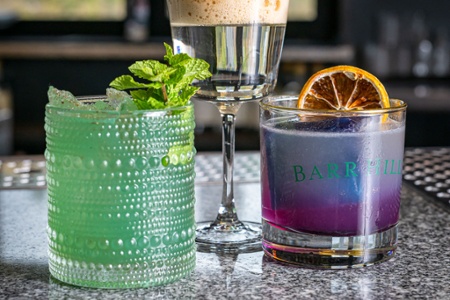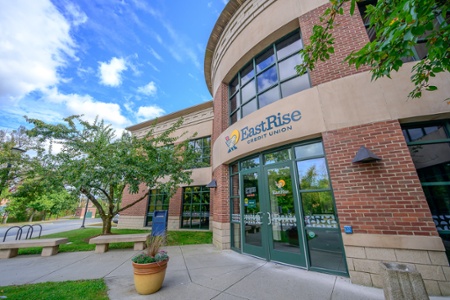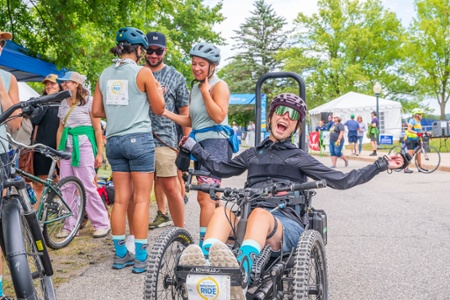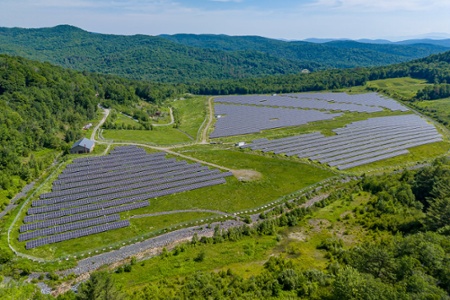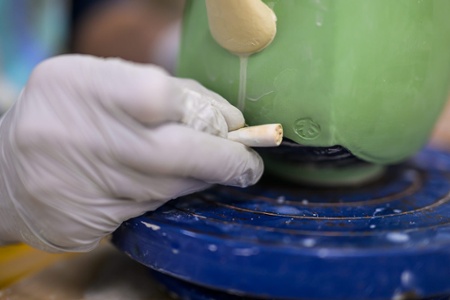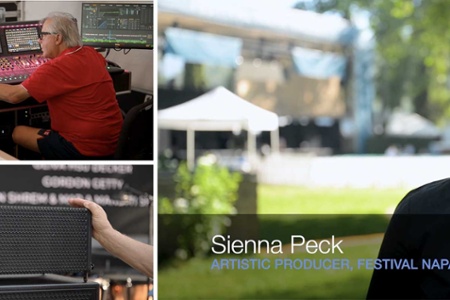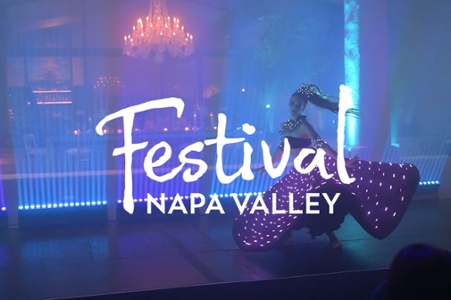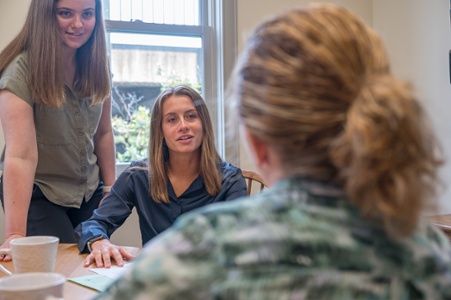How to Get a Knock-Out Headshot
Sign up to get free tips on what you need for a killer headshot.
SIGN UP
Testimonials
Working with Storyworkz was a fantastic experience. Paul and his team did an over the top job, hitting our project's goals in a creative way and the process was super time-efficient. Highly recommend.
I had such a great experience working with StoryWorkz on a recent video project! I am beyond pleased with the final product. Paul really took the time to understand our organization and clarify our goals, target audience, and messaging. He went above and beyond to ensure we had all of the footage we needed to make a compelling video and he really delivered on two beautifully edited videos that tell our story in a concise and engaging way. I can't wait to work with him on our next project – highly recommend!
Over the course of my career, I have had the pleasure of working with literally hundreds of retailers, catalog houses, web stores, and omnichannel experts. Many have been awarded best of class in their respective fields of retail. I have never witnessed such a remarkable transformation with any organization as what I experienced with the design, layout, and navigation that Storyworkz executed with Leader Evaporator. The consumer experience that Storyworkz creatively and succinctly presented with the Leader website is simply incredible. Thank you for the exceptional work, commitment to Leader, and for doing your best work.
We could not have chosen a better person for this project. We chose Paul because of the quality of his product, but were pleasantly and equally impressed with the way he interacted with people of all ages, in so many different situations. Whether photographing a group of young children at a daycare, a person receiving services from a homeless shelter or an elderly person receiving physical therapy from a visiting nurse, Paul was respectful, engaging, and professional. He has a remarkable skill for putting his subjects at ease and being in the right place at the right time, without being intrusive. We highly recommend Paul and look forward to working with him on future projects.
StoryWorkz was entrusted with capturing the essence of Outright Vermont’s brand story, a task that demanded acute attention to detail, creativity, and top-tier technical skills. They adeptly captured unscripted testimonials of a diverse group of individuals as well as candid images at an event to integrate in the video. The final product encapsulated the culture of the organization, showcasing the emotion of Outright’s mission and impact. Their professionalism was evident from the outset... StoryWorkz is a top-tier provider in the realm of video and photography.
Paul and his team at StoryWorkz delivered exceptional, high-quality digital imagery of our facility, members, and classes while re-designing a beautiful, easy-to-navigate website and an updated social media plan for us to implement here at Middlebury Fitness. We were very pleased with all results. Paul was incredibly easy to work with and took the time necessary to fully understand our business and goals for the project which resulted in a very positive outcome in all areas. A+
Recent Work
A film to recount some of the 50-year-history of VHFA in Vermont.
An interview-based video to commemorate a 150-year-old company.
Photography and social media makeover for a fine local seller of pianos.
Capturing fine images of a healthy forest.
Capture a taste of Montpelier's fine restaurants.
Traveling hundreds of miles in two days to capture imagery at 16 bank branches.
Capturing the fun and spirit of a bike ride event spread out across sprawling Addison County.
Capturing impactful editorial imagery.
Frank Saliani need a new website, and new photography to take his pottery business to the next level.
In July, while capturing loads of video for Festival Napa Valley, we were approached by Meyer Sound, the world’s leading sound equipment company.
Capturing video for Festival Napa Valley is a 12-day long marathon.
Helping Pathway implement one of the best uses of commercial video to attract and retain clients.
